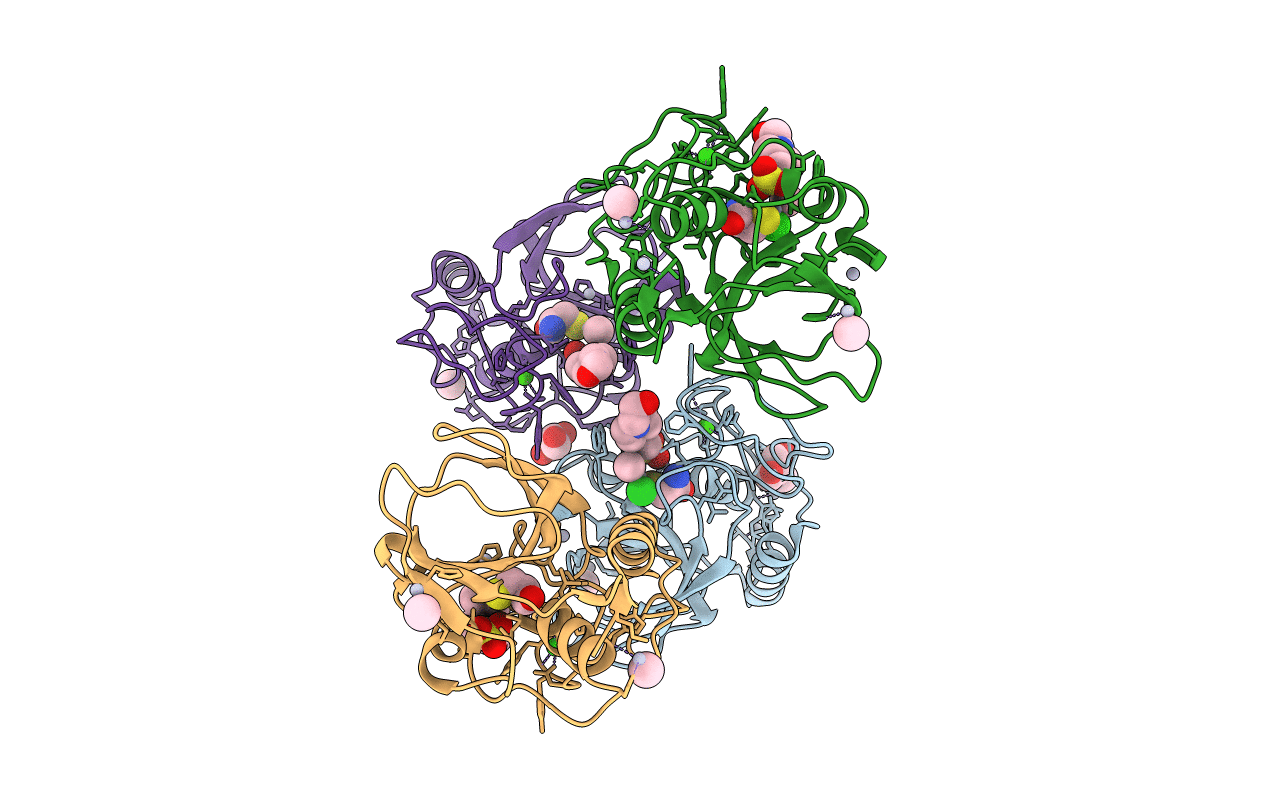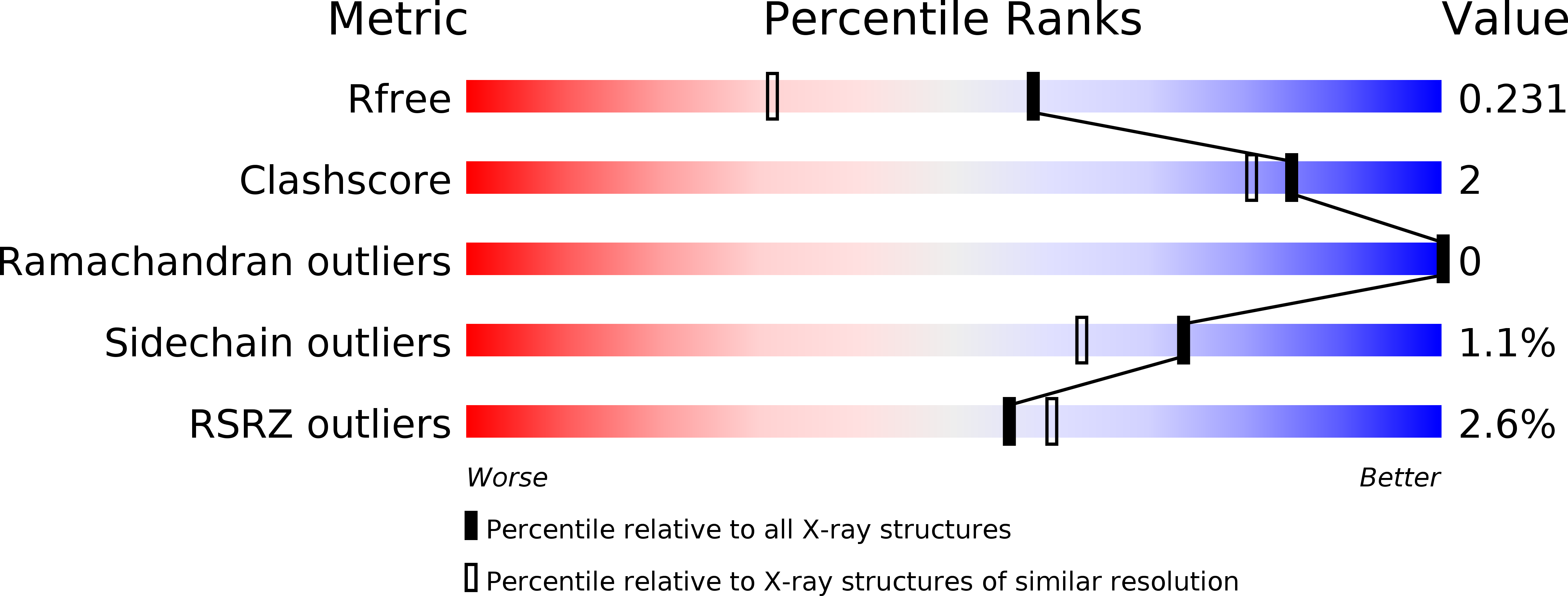
Deposition Date
2014-03-12
Release Date
2014-08-06
Last Version Date
2024-11-20
Entry Detail
PDB ID:
4CT3
Keywords:
Title:
Methylmercury chloride derivative structure of the lytic CHAPK domain of the endolysin LysK from Staphylococcus aureus bacteriophage K
Biological Source:
Source Organism:
Kayvirus kay (Taxon ID: 221915)
Host Organism:
Method Details:
Experimental Method:
Resolution:
1.69 Å
R-Value Free:
0.22
R-Value Work:
0.18
R-Value Observed:
0.18
Space Group:
P 1


